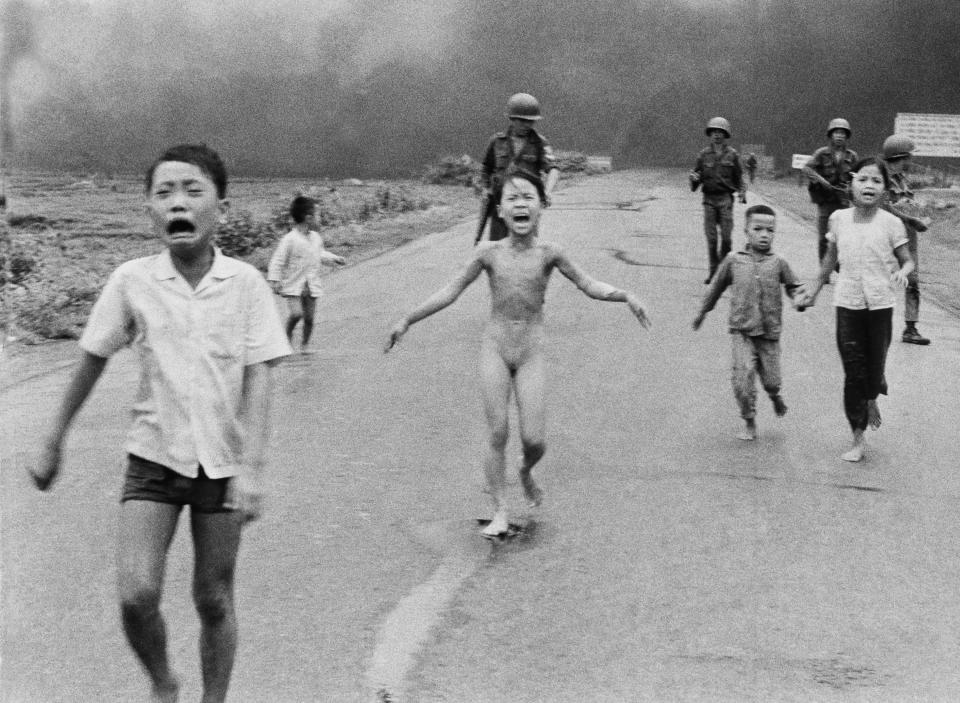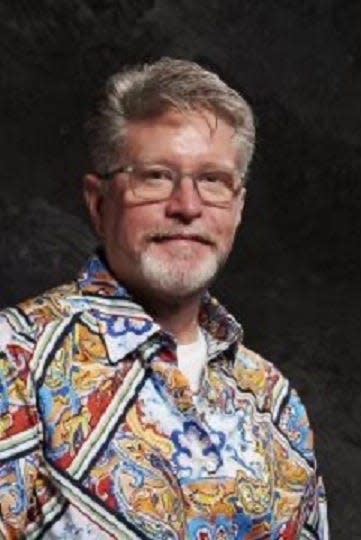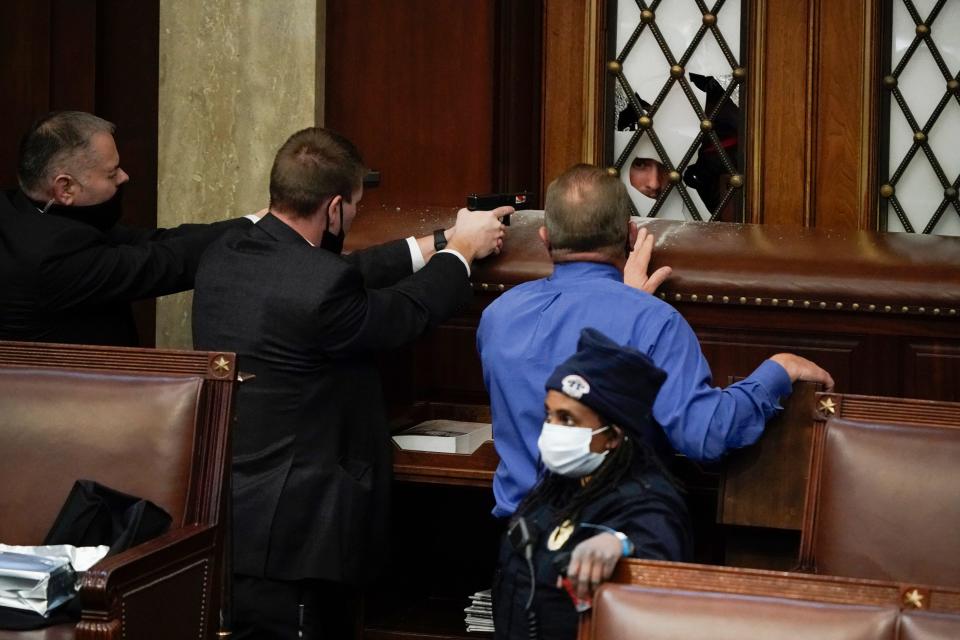What do 6 of the most iconic photos since Civil War say about how we see history?|Opinion
- Oops!Something went wrong.Please try again later.
- Oops!Something went wrong.Please try again later.
- Oops!Something went wrong.Please try again later.
Stan Alost is professor and graduate director at Ohio University’s Scripps College of Communication/School of Visual Communication. Tim Goheen is director of Ohio University’s School of Visual Communication.
The recent 50th anniversary of the “Napalm Girl” photo from Vietnam is a compelling reminder of the power of a single frame ... a terrified 9-year-old after a bombing in 1972.
That photo by Nick Ut for The Associated Press is among the most influential pictures of all time. A half-century later, when nearly everyone has a phone camera, is the power of photography enhanced or diluted?

Matthew Brady
Photojournalism is just as relevant today, if not more so, than when Matthew Brady and his team documented the Civil War. Photos prompt accountability, and without accountability our institutions fray.

Ron Haeberle
In 2019, the 50th anniversary of publication of photos of the My Lai massacre in Vietnam, photographer Ron Haeberle and reporter Seymour Hersh recounted the story for students at Ohio University.
More: How to submit guest opinion columns to the Columbus Dispatch
Hersh’s first article about My Lai was published in the St. Louis Post-Dispatch on Nov. 13, 1969.
At that time, he didn’t know about the My Lai photos taken by Haeberle when he was in the military. Some editors initially doubted the massacre story.
But after Haeberle’s photographs were published in The Plain Dealer in Cleveland Nov. 20, 1969, editors nationwide believed Hersh’s hard-to-believe story.
Photos are evidence and proof, which support accountability.

Paul Fusco
On June 8, 1968, photographer Paul Fusco boarded the train in New York carrying Robert Kennedy’s casket to Washington, D.C.
More than a million people lined the track as the slow-moving train headed to Washington. Fusco’s poignant images showed America’s collective mourning.
As a nation, we are processing the attack on the U.S. Capitol on January 6, 2021. Photos and video — which do not belong to any political party or ascribe to an ideology — will be a basis for our history.
Drew Angerer
We cannot shake the Jan. 6, 2021, image of officers’ guns drawn inside the U.S. House chamber. Drew Angerer shared a Pulitzer Prize for that picture, along with colleagues at Getty Images.
Much will be written and spoken about that event. Photos don’t “speak,” but in a way they have a bigger voice because they are the building blocks of history.

Marcus Yam
Photojournalist Marcus Yam of the Los Angeles Times is a former student who prefers spartan sentences in the present tense.
His June 10 report from Ukraine: “I inadvertently set off a booby trap. A fuse is lit. A moment of reckoning. A loud explosion. Alive. Only a stun grenade.”
Day 106: Rockets overhead. We went inside a building. Leaned into a dark room. I inadvertently set off a booby trap. A fuse is lit. A moment of reckoning. A buddy next to me takes a knee. A loud explosion. Alive. It was only a stun grenade. Fortunately. Learned a valuable lesson. pic.twitter.com/Rfbl4lZlre
— Marcus Yam 文火 (@yamphoto) June 10, 2022
We delegate risk to Yam and photographers like him. He won a Pulitzer for coverage of the chaotic U.S. exit from Afghanistan. Taliban militia roughed him up for trying to tell us about the aftermath.
Although technology makes cameras omnipresent, professionals like Yam are willing to bear witness so that we can know. For that exchange, we are grateful.
As long as there are stories to be told, conflict to explain, distance to overcome, and authority to be held to account ... photography and those behind the camera will be as relevant as that first permanent photo nearly two centuries ago, entitled “View from the Window.”
Photography is our view from the window.
More: January 6 Capitol insurrection: solemn events mark deadly attack one year later
That view is not always beautiful, but we all benefit from the ability to see clearly and to form a shared history.
Stan Alost is professor and graduate director at Ohio University’s Scripps College of Communication and School of Visual Communication. Tim Goheen is director of Ohio University’s School of Visual Communication.
This article originally appeared on The Columbus Dispatch: Opinion: What are some of the most important photos since civil war?

